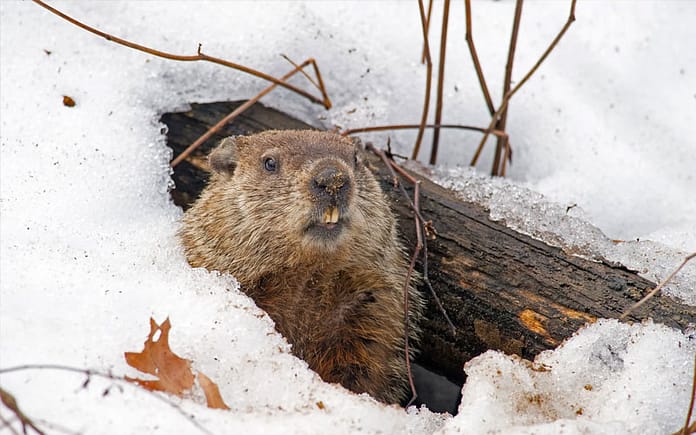In the heart of winter, nestled in the small town of Punxsutawney, Pennsylvania, a peculiar tradition has captured the imagination of people for well over a century. Every February 2nd, crowds gather in anticipation as a furry forecaster named Punxsutawney Phil emerges from his burrow to predict the remaining length of winter. But where did this tradition come from, and how did a humble groundhog become a national icon?
The origins of Groundhog Day trace back to ancient European weather lore, where various cultures observed animals as signs of seasonal change. The tradition is particularly linked to Candlemas Day, a Christian festival held on February 2nd, which marked the midpoint between the winter solstice and the spring equinox. According to an old English saying:
“If Candlemas be fair and bright,
Come winter, have another flight.
If Candlemas brings clouds and rain,
Winter will not come again.”
Germans expanded on this belief, using a hedgehog as a weather predictor. When German immigrants settled in Pennsylvania in the 18th and 19th centuries, they carried this custom with them. However, since hedgehogs were not native to North America, they turned to the groundhog, an abundant local species, as their substitute.
The first official Groundhog Day celebration took place on February 2, 1887, in Punxsutawney, Pennsylvania. The town’s newspaper editor, Clymer Freas, along with a group of groundhog enthusiasts, formed the Punxsutawney Groundhog Club and declared that their groundhog, dubbed “Punxsutawney Phil,” would be the nation’s official weather forecaster. Since then, the tradition has grown, drawing thousands of spectators and widespread media attention every year.
According to folklore, if Phil sees his shadow upon emerging from his burrow, he retreats, signaling six more weeks of winter. If he does not, it means spring will arrive early. Despite the lighthearted nature of the event, modern meteorological studies have found Phil’s accuracy to be questionable at best. However, the charm and spectacle of Groundhog Day endure, cementing its place in American folklore and pop culture.
From its roots in European superstition to its transformation into a beloved annual event, Groundhog Day continues to be a celebration of seasonal change, community spirit, and whimsical tradition. Whether Phil’s predictions are right or wrong, one thing is certain—his presence keeps the magic of this age-old custom alive.



